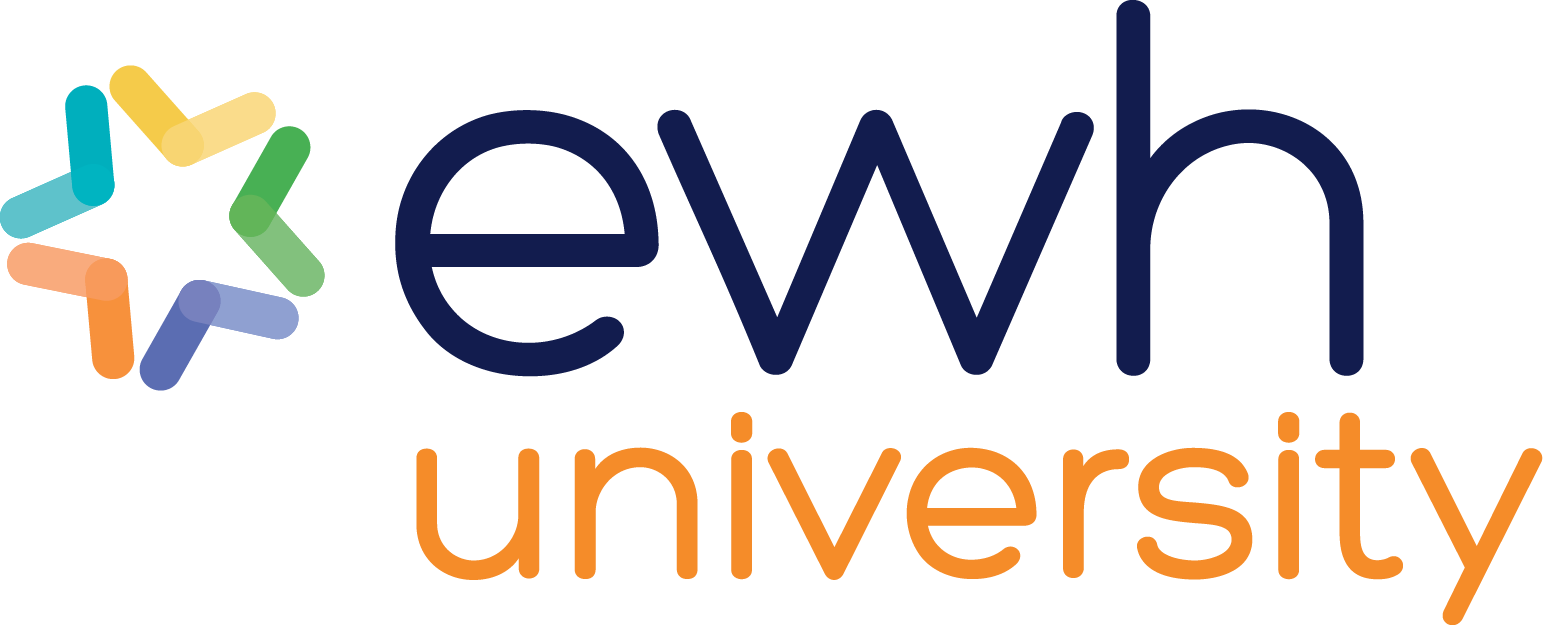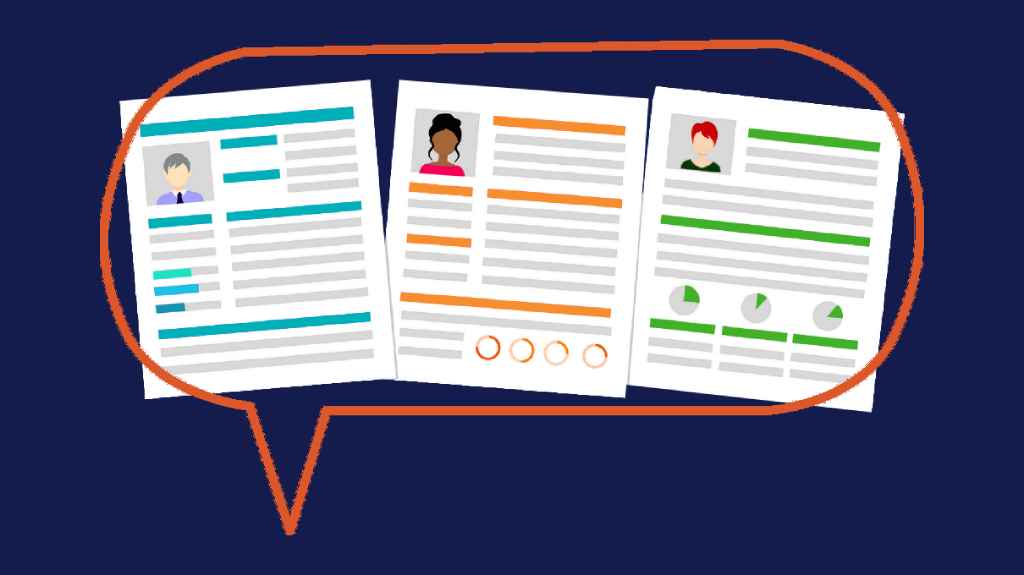The quality of an interview can go a long way in gaining a better understanding of the candidate, their potential, strengths, value, and team orientation. Looking at these conversations through five steps can help improve your interviewing skills and our relationships with our team members right from the start. Following this simple framework can make navigating interviews simpler, more productive, and more rewarding.
Step 1: Rapport
Rapport establishes a connection and builds trust that we need to get you and the candidate to relax, be themselves, and be open. Rapport is a “state of responsiveness” meaning, the exchange of energy between you and them.
The more your energy matches theirs, and the more responsive you are to each other, the more Rapport we have. Rapport can be an accident, and it can also be deliberate. In this step, we establish how the conversation is going and set the expectations and tone of the relationship going forward. What energy do you bring to this stage in your conversations? How could you be more effective at establishing the energy, alignment, and expectations in the connection for the rest of the conversation?
In the hiring process, you must decide how you want to establish this connection and how you want this person to feel while welcoming them into your company, whether for interview or onboarding. These are all people connecting with your company, and first impressions need to represent who you are, what you do, and why you do it. Remember, we are always training people how to treat us. These first interactions set the stage and tone of your culture. Do they represent the values most important to you from the very beginning?
Step 2: Discovery
Discovery is where we learn the other person’s needs, wants, desires, goals, and what is important to them, and what makes them tick. By understanding where they are, we will be able to determine if they will be a good fit for the role, the team, maybe a different position, or not at all. Our job is to get to know them and establish a relationship of caring, understanding, and appreciation.
Having a prepared set of interview questions will help you gain clarity on who they are and what is important to them. This gives us a sense of appreciation for who they are, the value they bring to the table, and how/where they might fit in best. When the conversation is complete, they should feel like you care about them as a person. Your interview questions can better support us in determining if they can do the job, the quality of their work, and their willingness and ability to learn the job are critical to a thorough Discovery. Remember, the resume only tells you what they did, not how they did it. Interview questions about how they dealt with past challenges with a customer, client, or situation can also help you get a feel for their experience and what they bring with them.
Sometimes, the candidate will not have the experience to draw from for questions like that. In that case, other questions and our curiosity can help evaluate where they are at and what support they will need to be successful. Rephrasing or broadening the question could also help this evaluation.
Also, make sure to have some pattern interrupt questions, questions that are out of the box to get them out of their interview self/head. This is a way to change it up and break the ice to help bring out their natural personality and overcome the nervous interview jitters.
More importantly, having a set of interview questions supports you in staying consistent from candidate to candidate, so over time, you can see patterns and trends that you can learn from. On the flip side, having a set of questions allows you to have plenty to choose from, change it up, and match to the person you are talking to and the role you are hiring for.
It is also important to remember that your culture’s tone starts in Rapport and continues into Discovery.
Discovery is an opportunity for the candidate to shine! Remember, with the best candidates, they are interviewing you as much as you are interviewing them!
Step 3: Collaborate
Once we know where we are, we can collaborate, share more about the role, and most importantly, the company and culture (why, what, and how). Collaboration is where you exchange individual values and necessities for a positive relationship, so you both know how to do your part and support each other. What are the commitments we have made to each other? For example, for some, open, safe, and honest communication is a must.
Step 4: Next Steps
In Next Steps, both parties discuss where they are in the hiring process. Set reasonable expectations and have transparency; being upfront with them about where you are in your decision-making process for the role, timing, and finding out where they are at if they are close to accepting a position or just started looking is essential. This allows each of you to be aware of the time frame. From there, you can determine how follow-up or the continuation to how the Next Steps works.
Your primary job as a leader is to provide leadership, expedite the process, execute, and build a team around you that can support that. Outlining the Next Steps and then Buttoning them Down can give everyone clarity and represent how you do things and get the job done.
Step 5: Button-Down
Go back and clarify and verify Next Steps, finalize details, mention them one more time for reinforcement, and remember they are not real until they are written down and scheduled! Button-Down clarifies the Next Steps to reinforce clarity in our communication. How can you reinforce clarity in your communication? How can you guide your interviews, management, and leadership conversations? Where do you excel? How can you build and improve on that?
Applying these steps to our interviews will help connect with those we meet, have more meaningful conversations on whether they will join your team or not, and give you better hires because of what we learn about each other in our interview.
The Interview and the Hiring Process
Remember, the interview is only a part of the overall hiring process. Understanding your process can help you streamline it and make it more effective. Here are a few other things to consider:
Documenting your current process
Documentation can help you understand your current steps, decision making and additional options you can consider. Keep in mind the aim is to reduce turnover and increase retention and productivity, so the ROI is immense in terms of time, energy, people, and money.
Fine-tune the process
Understanding how to utilize resumes, conduct great interviews, determine if initial screenings are automated, over the phone, delegated to someone on your team, or how many, or who they interview with all play a critical role in creating an efficient process and making informed selection decisions.
Align the team member with the role and team
Over time learning what is most important to you in your culture, communicating, and building that experience into your process is key to attracting and retaining the type of people you want.
Furthermore, integrating assessment tools like DISC and Motivators can lead us to even better hires. DISC and Motivators can help us understand how to adapt our interview style to the candidate. It can also help us adjust our questions and interviews in a way that will genuinely connect with them. The questions you ask and what will be most important to them will vary based on the role you are hiring for. For example, interviewing for an accountant, payroll, or bookkeeper role is very different from an inside or outside sales role. Understanding how to adapt our approach to the person we are interacting with can support us further in setting the tone of our culture from the start.
It can also help us understand an individual’s willingness to do the job long-term and alignment with the behaviors the job requires. For example, an extroverted accountant or introverted salesperson might not be in roles that best support their nature. Most salespeople talk most of the day, whereas an accountant that talks all day might not get any work done. You can see how if the nature of their job goes in one direction, and their nature as an individual goes in another direction, it could be a difficult long-term fit. Sometimes the skills they learned were not the skills that came naturally to them. The ultimate long-term question is, Does the job reinforce their nature? DISC, Motivator, and establishing job benchmarks can give us powerful insights into that question. That question will help lead us to better selection decisions and help us better match up nature and potential with a position. To learn more about this, read the following article.
Once you have your new hire, their potential has the opportunity to turn into results with the help of your company’s internal culture and leadership.
Gain a better understanding of how to best plan for and navigate your interview and hiring processes with our Team & Hiring Essentials course!



